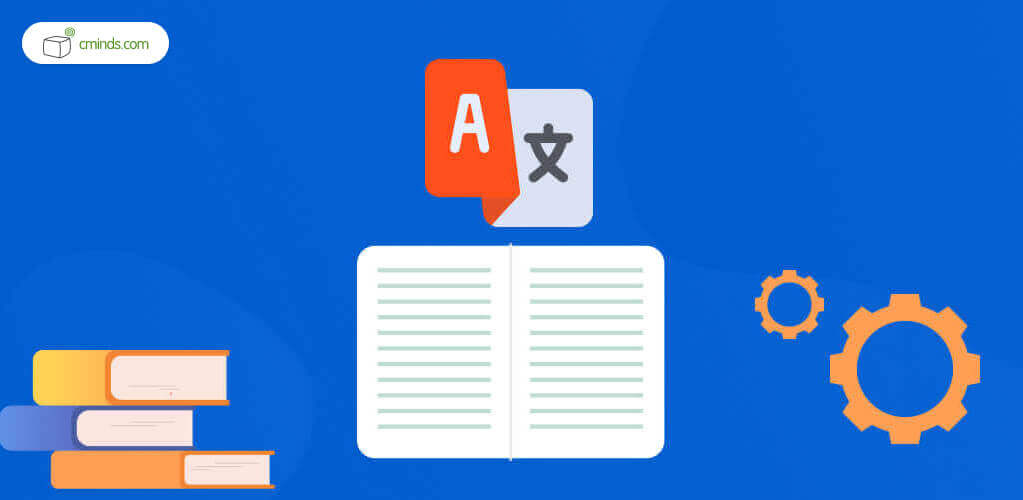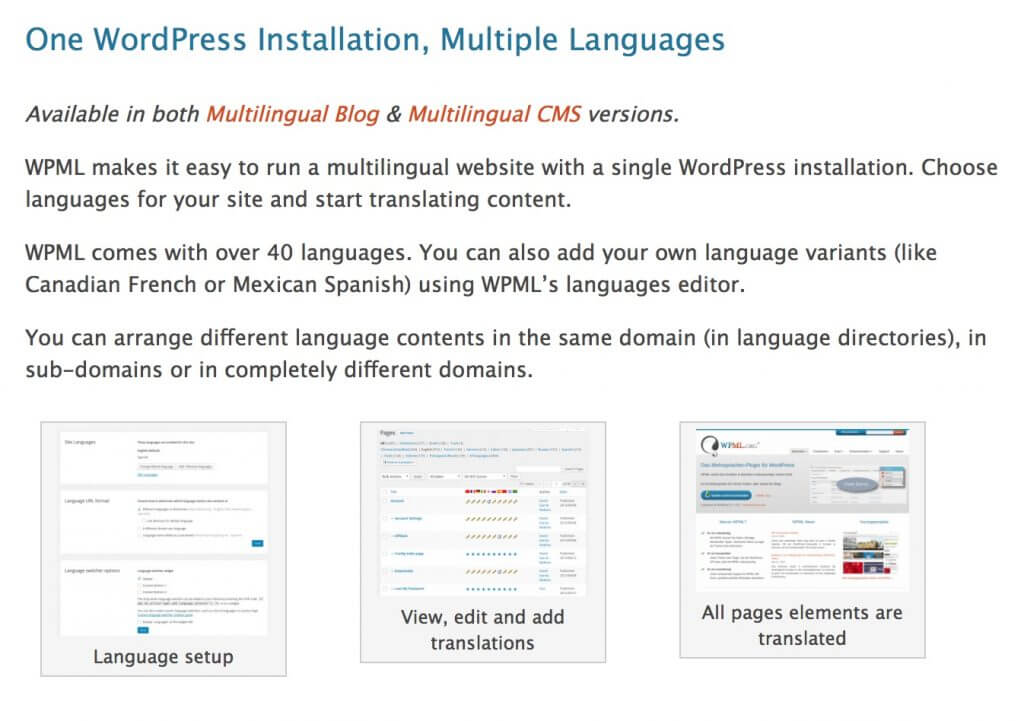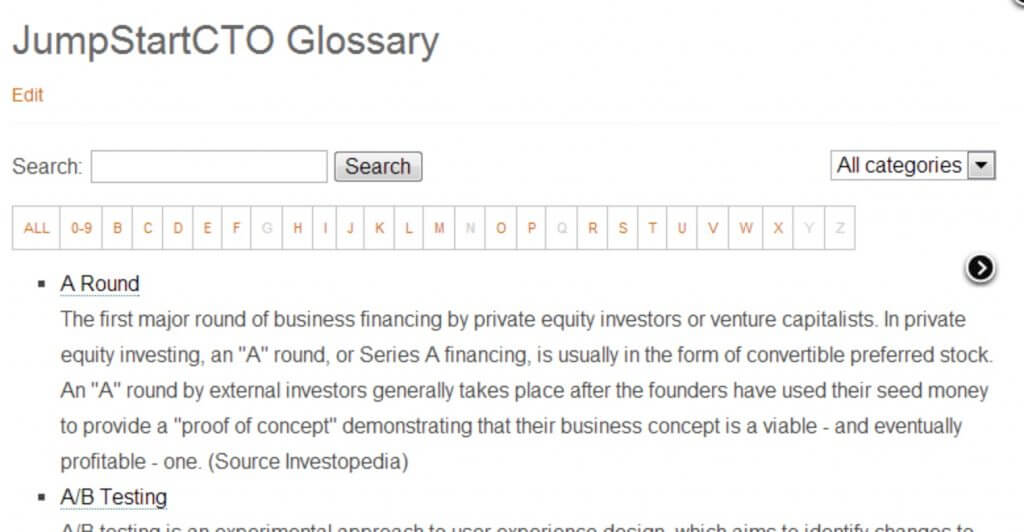The Internet has no universal language. While English is one of the top languages online, it’s not the only one.

According to internetworldstats.com, over 1.9 billion internet users reside in Asia, which is nearly half of internet users.
The other top two internet using areas are Europe, which has over 659 million internet users, and Latin America and the Caribbean, which have 404 million.
Based on internet usage, it’s clear that many different languages dominate the internet. That’s why having a multi-lingual website is so important: it actually brings in a bigger audience. The more languages a WordPress website has, the more reach your website and its content will have as well.
Having a multi-lingual website can be very helpful for business success. Having a glossary for a multi-lingual website can make the website even more efficient and accessible for more people to use it.
December 2024 Offer – For a Limited Time Only:
Get WordPress Tooltip Glossary Plugin for 15% off! Don’t miss out!
The Tooltip Glossary Plugin for WordPress

This tooltip glossary plugin is a great plugin that allows a glossary of terms and definitions to be added to a website and displayed easily for users. The plugin generates a glossary index page which includes all the terms in the glossary, a searchable navigation bar, and terms organized alphabetically.
Once a term has been defined in the glossary, anytime that term appears on a post or page it will appear highlighted. Users can see the term definition in a pop-up tooltip when they hover over with the mouse. Or users can look up a term definition on the term page, which every term created has.
Tooltip Customer Examples
Here some examples of customer feedback on our Tooltip Glossary plugin:
- One customer, Domyo Burk, has used the tooltip glossary plugin to expand the reach of traditional Buddhist teachings. She explains how having a tooltip glossary can help her complete this goal and bridge the multi-lingual gap: “I wanted people to be able to visit and search the Glossary Index page as a resource in its own right – scanning down the list of definitions and learning more about Buddhism as they go.”
- Having a tooltip glossary is an incredible resource for anyone teaching online courses. Harold Borjans explains that teaching complex ideas and complex during a course can take time and be difficult, which is a problem the glossary solves. “Before, I could only find the information on other websites. Now the information is in my hands.”
- Dragana Amarilis is a Serbian linguist who is trying to create language websites that engage millennials. “Currently in the Serbian language the number of online dictionaries is very low”, Dragana says. She uses Tooltip Glossary to manage an online dictionary and benefits from the Tooltip function to show definitions on the go.

This tooltip glossary plugin also excels at teaching concepts. The plugin integrates with Wikipedia, thesauruses, and dictionaries and even with Amazon. The plugin supports abbreviations and acronyms and is a good option for multi-lingual websites and users who are not multi-lingual to make navigation easier.
The WPML Multilingual Plugin

The WordPress Multilingual Plugin is one of the top solutions for building multi-lingual websites. This plugin lets users translate pages, posts, theme texts and much more. The CM Tooltip Glossary is fully compatible with WPML, which comes with 40 languages and the ability to add language variants.
With WPML, you get a fully functional multi-lingual website and when you integrate with CM Tooltip Glossary, you get the added functionality of a full glossary index and defined terms. WPML has full translations and CM Tooltip Glossary has hovered over defined terms on pages and posts as well as integration from dictionaries and thesauruses to expand the language capabilities exponentially. It’s also possible, of course, to use Tooltip Glossary with other multi-lingual websites solutions.
Conclusion
Having a multi-lingual WordPress website is ideal for your content to reach the maximum amount of internet users. The tooltip glossary plugin is excellent because it makes multi-lingual websites easier for users to navigate. The tooltip glossary is also a good choice for teaching concepts and is compatible with WPML.



